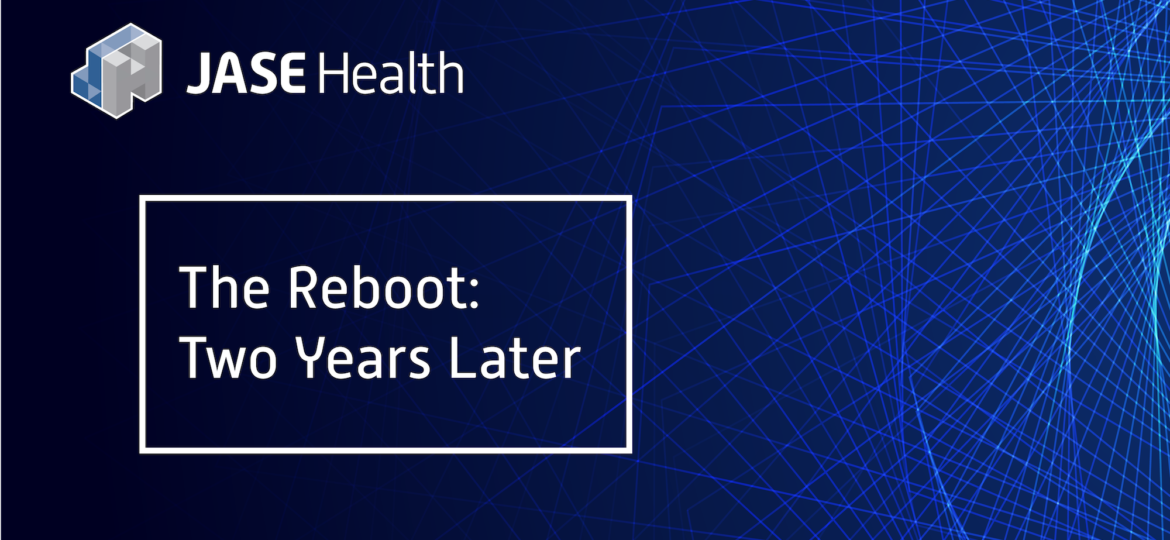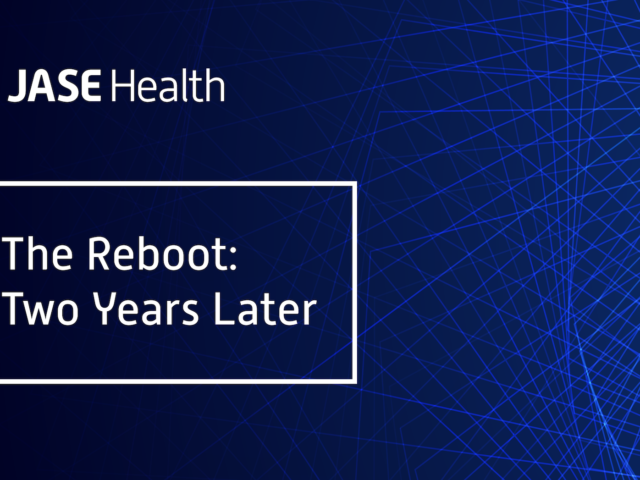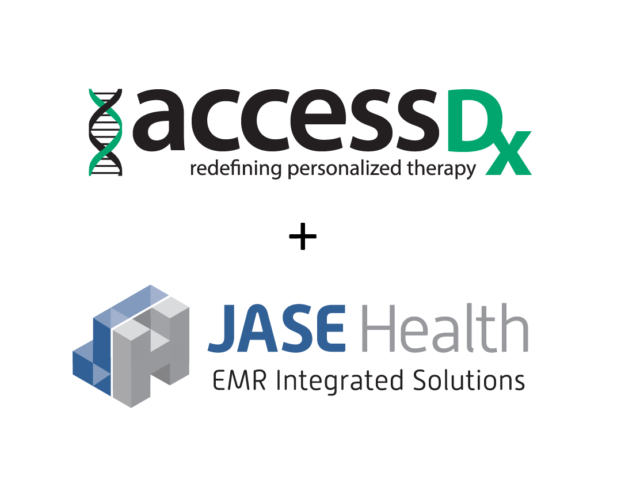
The Reboot: Two Years Later
- John Orosco
- September 7, 2021
It has been a year since I posted “The Reboot: One Year Later” which provided an update on JASE activities. In this post, I share our progress since last year and predict what’s to come for the rest of 2021 and into 2022.
record year
JASE Health delivered on 91 different projects over 12 months in 2020. Those projects involved 22 different resources and over 12,000 hours providing professional services work. We more than doubled our revenue in 2020 as compared to 2019 and represents the highest revenue total in JASE history.
market success
Our pipeline remains strong with $866k in additional work quoted as of this post. The market demand remains strong for vendors needing to launch their solutions in both patient and user context from electronic medical record (EMR) systems to become part of the overall workflow. I feel great about the current trajectory and amount of business that remains in the market. The market looks strong for many years to come.
Chart access
Last year, I announced the formation of our new company, JASE Health Solutions, that focuses on developing software applications to address many workflow issues that continue to plague our industry. We have unveiled our first application called Chart Access, which provides secure, online access to patient records at discharge facilities that otherwise would not have secure access to the hospital system records. Chart Access not only provides viewing of patient record information, but it also integrates with Cerner’s Message Center and allows for discrete clinical documentation to write back into Millennium to close the loop on patient care.
barriers in healthcare
Recently, we’ve seen large technology companies make announcements about scaling back healthcare operations. Namely, Apple and Google. Google is the more interesting of the two stories as earlier this month Cerner announced the hiring of Google Health’s VP Dr. David Feinberg (joined Google in 2019). We know folks at Google Health and the word is the healthcare development will continue but under R&D initiatives as opposed to one Google Health business unit. These large tech companies will remain in the healthcare space, but with different expectations. The political barriers in healthcare continue to challenge Silicon Valley’s finest. I say it all the time and I’ll say it once more, the barriers to healthcare integration are not technical barriers; they are political (people) barriers.
The next 12 months
We will continue to see new entrants into health IT. A month ago, Zus Health, led by former Athenahealth CEO, Jonathan Bush, announced a $34M series A financing round. Either Zus has some impressive, early revenue numbers or the valuation is “cray.” In either case, there is a fresh face focused on workflow optimization, data aggregation/cleansing, FHIR-enabled data platform, and unified patient records. There will be others that challenge the status quo.
I predict in the next 12 months we will see an uptick in virtual care workflows that extend beyond the four walls of a healthcare facility. This is one of the positive byproducts of COVID-19, which forced many to rethink how care is delivered and managed. Almost every health system saw a significant increase in telehealth visits. I personally witnessed how clinical office waiting rooms changed from a sea of chairs where people sit for long period of time (often coughing around each other) to a model where patients can check-in as they arrive in the parking lot and are summoned into the office to complete their visit.
"New Breed" of optimization
With the 21st Century Cures Act, there is a focus on allowing patients to access their health records without exorbitant costs or overly burdensome methods. Where this takes the industry is outside the four walls of the health system starting with patient-facing solutions for check-in, payment, and pre-visit documentation. This also leads to use cases for disconnected models where the clinical workflow and documentation must continue even in situations where there is no (or very little) internet communication. The current EHR vendors do not excel in either of these areas. Success outside healthcare facilities will naturally lead to clinical workflow optimization back inside the four walls of the health system. Will it be the EHR vendors that deliver on these optimized workflows or will it be a “new breed” of highly capable companies that deliver? My bet is the latter. It won’t happen overnight. The days of antiquated, mid-90s user interfaces delivered as applications over Citrix won’t last forever; in fact, they won’t last through the end of this decade. The one constant that remains is that everything is constantly changing and healthcare is not completely resistant to change. Healthcare just moves much slower than most.
conclusion
At JASE Health, we remain focused on two things: 1) delivering solutions that solve real workflow challenges and 2) seamlessly integrating with existing EHR vendor systems to close the loop on patient care.
We skate to where the puck is headed…because the puck is headed towards the goal – seamlessly integrated workflows.





